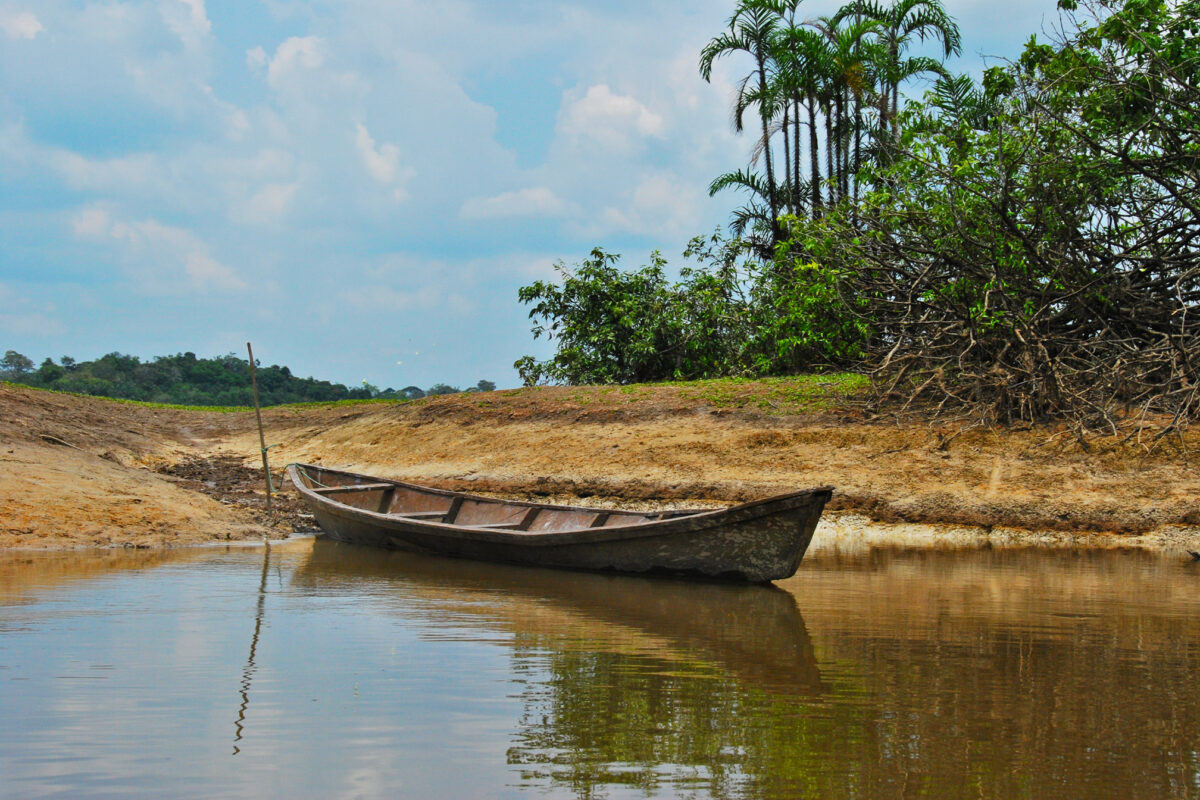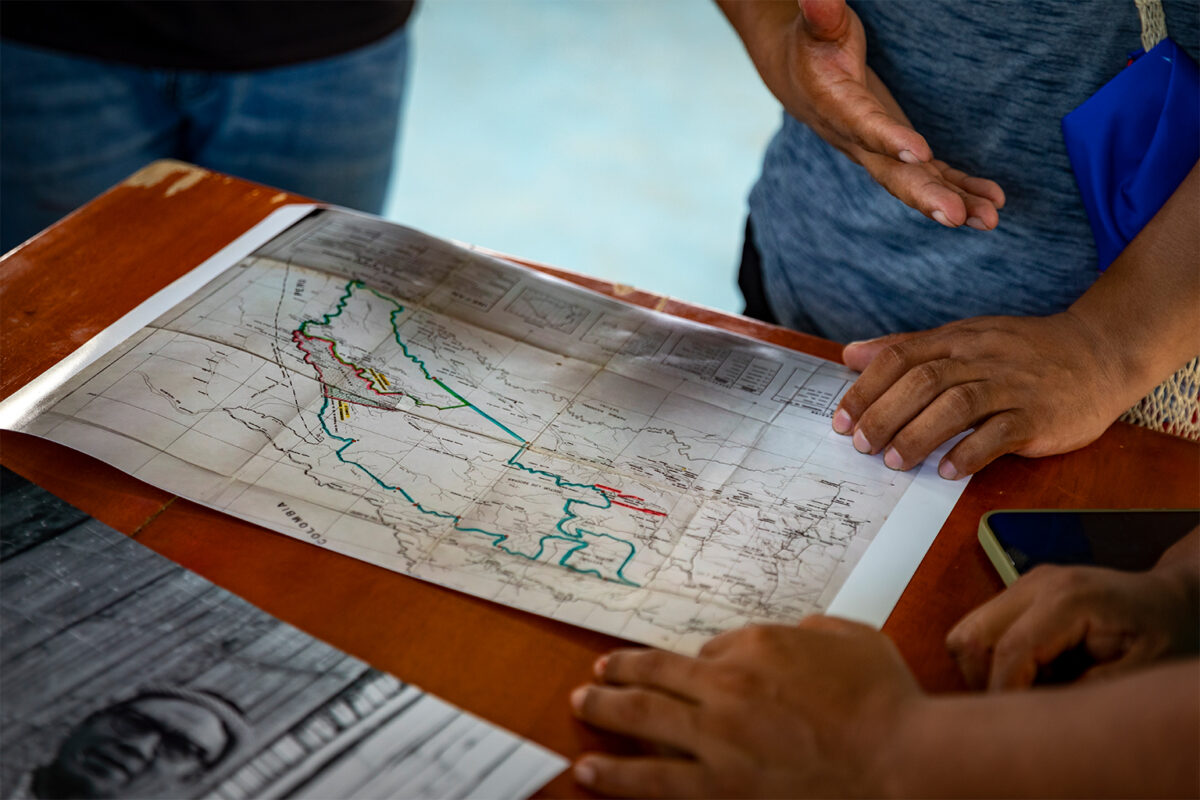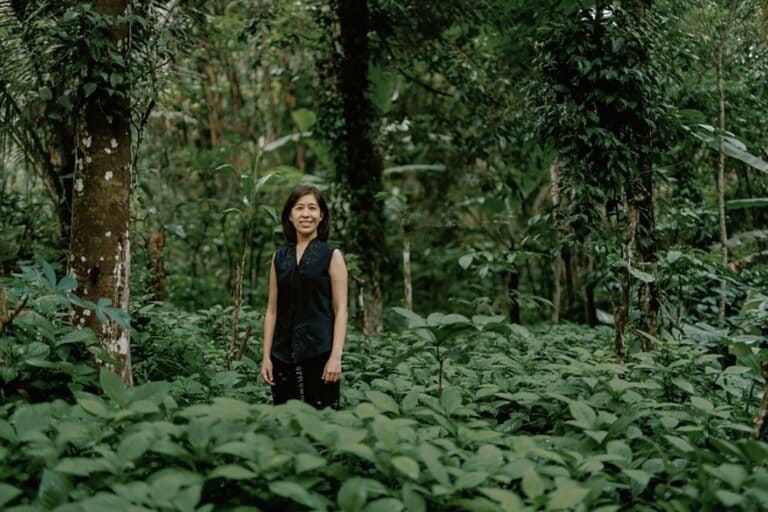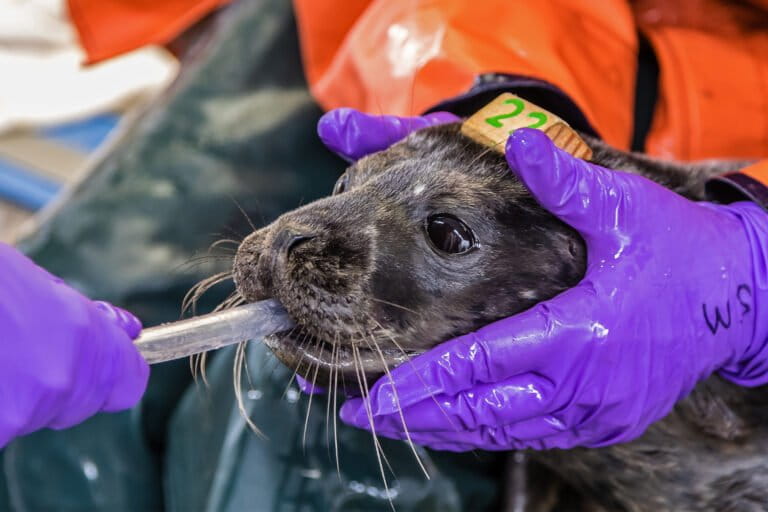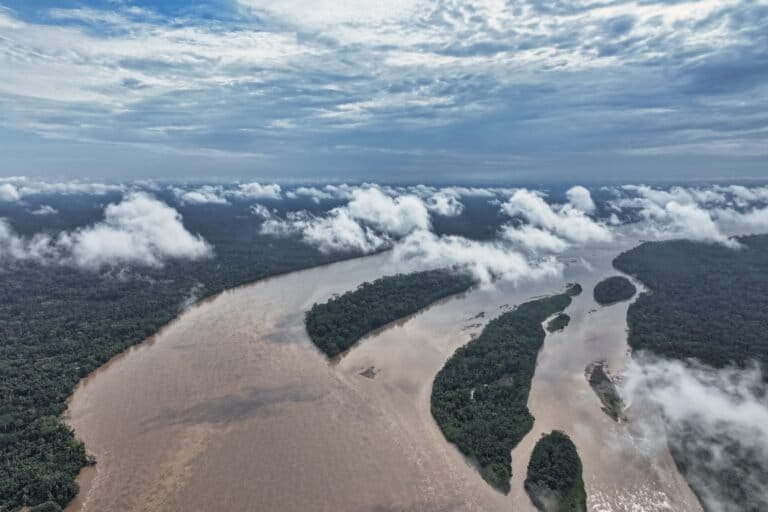- In a new report, NGO Forest Trends found that at least 69% of tropical forests cleared for agricultural activities such as ranching and farmland between 2013 and 2019 was done in violation of national laws and regulations.
- The actual amount of illegally deforested land is immense during that period – 31.7 million hectares, or an area roughly the size of Norway.
- The study notes that if tropical deforestation emissions tied to commercial agriculture were a country, it would rank third behind China and the U.S.
- Forest Trends president Michael Jenkins said that when governments view forests like Indigenous peoples do – far more valuable standing than clear cut – conservation at scale is possible.
Tropical forests around the world are being destroyed at an alarming rate, even in 2020 when the global economy slowed dramatically during the pandemic. A new report released this week offers insight into a primary driver of this deforestation – and our unwitting complicity as consumers.
In its report, Illicit Harvest, Complicit Goods, NGO Forest Trends found that at least 69% of tropical forests cleared for agricultural activities such as ranching and farmland between 2013 and 2019 was done in violation of national laws and regulations. The actual amount of illegally deforested land is immense during that period – 31.7 million hectares, or an area roughly the size of Norway.
The report reveals the climate impact of this illegal agro-conversion is equally significant, making up 42% of greenhouse gas emissions of all tropical deforestation. The related emissions total of 2.7 gigatons of CO2 annually during the seven-year period is more than India’s fossil fuel emissions in 2018. The study notes that if tropical deforestation emissions tied to commercial agriculture were a country, it would rank third behind China and the U.S.

At the 26th United Nations climate summit in Glasgow, Scotland, in November, world leaders must complete the final details necessary to implement the goals of the 2015 Paris Agreement to slow the rate of global warming. Figuring out how to feed a growing global population without further damaging the most effective climate-mitigation system we have – intact, biodiverse tropical forests as carbon sinks – will be a high priority.
“We should all be shocked that illegal clearing for commercial agriculture is the largest driver of deforestation – and it’s getting bigger,” said Arthur Blundell, an advisor to Forest Trends who led the research and co-authored the report. “If we don’t stop this unlawful deforestation, we don’t have a chance to beat the three crises facing humanity: climate change, biodiversity loss and emerging pandemics.”
Consumer connection
This is Forest Trends’ second such report, the first released in 2014. Since then, the NGO estimates that the unlawful clearing of tropical forests for commercial agriculture – primarily for cattle, palm oil, soy and pulp plantations – has increased by a third.
“When you think about deforestation, 20 years ago we were talking about illegal logging,” Michael Jenkins, Forest Trends’ president and CEO, told Mongabay. “About 10 years ago, we recognized that the drivers of deforestation had shifted. Commodity agriculture jumped into first place with products going to the places such as the U.S., China, U.K., Europe.”
“When you think about this as a value chain,” he added, “a lot of these products end up in our shopping centers (as food, soaps, cosmetics). We are buying these products, and as a result, we are complicit with the illicit business of converting forests. That was an amazing eye-opener for us. We started thinking – what can we do about this?”

To Jenkins, the key was the amount of illegal land conversion in Latin America, Southeast Asia and Africa. He explained that countries such as Brazil, Indonesia and the Democratic Republic of the Congo, among others, are not enforcing their conservation laws or policing their protected areas and Indigenous territories. They were losing out on tax revenue. The tainted commodities then head to the supply chains of major food and consumer-goods producers. And destinations like the U.S. and European Union, both vocal in their calls to protect tropical forests for climate mitigation, end up subsidizing the problem.
“We really need to sharpen our understanding of what’s driving deforestation and develop the necessary responses,” Jenkins said. “A massive effort is going to be required, including international regulations, certification processes and corporate policies. It’s going to start with you and me as consumers saying we don’t want to be a part of this illegal deforestation.”
Mikaela Weisse is project manager for World Resources Institute’s monitoring platform Global Forest Watch, from which Forest Trends researchers obtained their overall deforestation numbers between 2013-2019. Global Forest Watch doesn’t determine where deforestation is legal or illegal.
“Going beyond deforestation to say how this is linked to trade and illegality is really important,” Weisse told Mongabay. “It’s a challenging question to answer and it’s very helpful that they’ve attempted to tackle that.”
See related: Forest Trends 2014 report author reacts to this new study in an op-ed: As illegal forest conversion for industrial ag worsens, this moment is pivotal

The issue could provide a rallying point for international policymakers heading to Glasgow, she said: “In larger discussions in Europe and North America about how we deal with deforestation and the legality of the products we’re importing, this [report] is an important step in answering those kinds of questions.”
Calculating illegality
In what Forest Trends described as an imperfect assessment that likely underestimates the scope of illegal land conversion, here’s how the NGO describes arriving at its numbers:
Researchers evaluated the change in tree cover in tropical countries between 2013-2019 based on data from the University of Maryland and accessed via Global Forest Watch, including all forests with greater than 50 percent canopy cover – primary as well as secondary forests and plantations. It drilled down deeper into the data to assess how much forest-clearing was converted to agriculture. Forest Trends completed 23 country studies of those affected most by deforestation for more granular detail.
The report states: “Legality is framed in the context of recognizing each country’s sovereign rights. ‘Illegality’ is therefore defined as the conversion of forests that takes place in (opposition to) a country’s legislative framework, including its laws, regulations, instructions, and any other legal instrument that penalizes noncompliance…For each of the country studies, the literature was reviewed to evaluate compliance of forest clearing (agro-conversion) against the relevant legislative framework at the time the deforestation took place.”

Forest Trends concluded from specific examples that at least 95% of Brazilian deforestation was illegal. Indonesia’s Supreme Audit Agency found that more than 80% of palm oil operations did not comply with national laws. In countries with weak governance and environmental oversight, illustrating illegality is nearly impossible.
“Fully understanding the scope of the illegality crisis is a challenge given that so many countries fail to report data about illegal deforestation, and reliable country-wide data is scarce,” said Cassie Dummet, co-author of the Forest Trends report. “Nonetheless, we lay out clear evidence in this report that the problem is too large—and growing too fast—to ignore.”
Best protection? Indigenous rights
Jenkins acknowledged that in a world growing in population and affluence, more pressure will be applied to more tropical forests to produce more food and consumer commodities. If we are serious about climate mitigation, he said, those increases must come from higher yields on existing land, restoring degraded land, reducing beef consumption and stopping illegal deforestation.
“There will be logging and deforestation,” Jenkins said. “We would like it to be legal so that it’s visible and planned and thought out. If we can embrace the goal of no net deforestation, that’s an important starting point.”
Forest Trends notes that in the U.S., for example, new legislation like the Lacey Act Amendments of 2008, which banned the trade in illegal timber, could be a model for agriculture imports. The UK and EU are now developing such regulations.
Governments will also need more corporate buy-in. The 2014 New York Declaration on Forests aimed to remove deforestation from supply chains by 2020; it failed to meet that target. According to analysis by Forest 500, a program run by UK NGO Global Canopy, this failure is largely because 43% of the 500 companies and financial institutions in forest-related supply chains and lending still have not made any commitments to stop deforesting.

One bright spot: Indigenous peoples’ ability to guard against illegal deforestation when they have title and control of their land is becoming better understood and promoted.
Over the past two decades, governments across Latin America have implemented programs and policies that bolster Indigenous land rights and leverage traditional forest knowledge. The results demonstrate the protective benefits that Indigenous communities usually provide to forests, according to a recent United Nations report.
Jenkins suggested that when governments view forests like Indigenous peoples do – far more valuable standing than clear cut – conservation at scale is possible.
“That acre of natural forest is incredibly valuable,” he said. “If we are pricing the carbon in those trees; if we are pricing the value of the biodiversity in those fundamental habitats – if we can get the financial equation correct, then this becomes a lot easier.”
Justin Catanoso is a regular contributor to Mongabay and a professor of journalism at Wake Forest University in North Carolina, USA. Follow him on Twitter @jcatanoso
Editor’s note: Mongabay has a funding partnership with the World Resources Institute (WRI) via the Forest Trackers project, which leverages Global Forest Watch data to quickly identify concerning forest loss around the world and catalyze further investigation of these areas
Feedback: Use this form to send a message to the editor of this post. If you want to post a public comment, you can do that at the bottom of the page.




